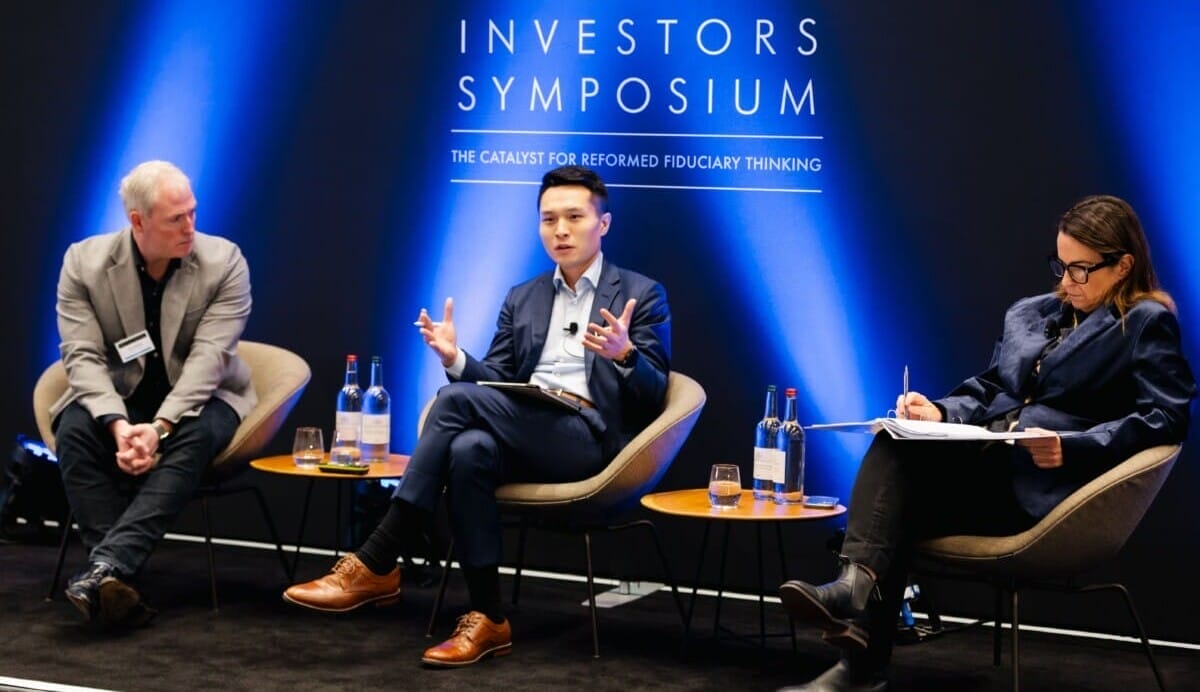Integrating ESG into investment strategies is easier with active allocations than passive ones. Yet a panel of experts speaking at the PRI in Person conference in San Francisco argued that ESG integration in passive investment is getting easier and is set to grow.
“We see strong demand for integrated passive solutions,” said Laura Nishikawa, head of fixed income ESG research at MSCI. “There is demand for indices from asset owners on the institutional side that have strong ESG in their active mandates and find their passive exposure contradicts broader goals.”
Nishikawa also notes a growing sophistication in the market, with demand from investors to combine ESG approaches with factor-based strategies like value and momentum.
“There is more tailoring to marry ESG with returns,” she said.
US pension fund California State Teachers’ Retirement System uses an index strategy and engagement to integrate ESG into its large passive equity allocation. CalSTRS has a 55 per cent public equity allocation, of which 60 per cent is passively invested, explained Brian Rice, portfolio manager at the $225 billion fund. The fund has “taken a step into the ESG-themed space”, introducing a low-carbon index that will have an emerging market component by the end of the year. CalSTRS combines the strategy with robust engagement on ESG issues with companies in the index. Rice noted that key challenges included deciding which ESG strategies to follow and the inconsistency of data.
Swedish buffer fund AP1 began integrating ESG into its passive allocation by clarifying the most important seam of its ESG strategy, Majdi Chammas, head of external management at AP1 told delegates. The fund has a passive emerging market equity strategy that encompasses half of its emerging market exposure. The strategy was developed to meet the cost pressures it faces as a public pension fund and for its liquidity.
“If you take low carbon as the most important thing, low carbon is the one you should choose,” Chammas said. “For us, we wanted good ESG integration across the board not just carbon.”
He also advised investors to get comfortable deviating from the benchmark and adopting a long-term approach.
“If you move into more sustainable investment, you will do well in the long run,” Chammas said. “Deviate from market-cap indices, be more of a long-term investor rather than chasing quarterly results.”
MSCI’s Nishikawa picked up on this point; she noted that more passive ESG investors are prepared to deviate from the benchmark, particularly in Europe.
State Street ESG investment strategist Nathalie Wallace advises clients to think carefully on where their ESG priorities lie. Whether they want a 70 per cent reduction in carbon emissions with tracking error or to dial up exposure incrementally over time is a question to consider. She noted that smart beta and factor approaches were often a precursor to adding a climate factor or tilt.
“Sustainable index-based strategies are growing faster than traditional index strategies,” said Jessica Huang, director of sustainable investment at BlackRock, which offers investors 340 index funds. Huang noted that ESG index strategies were still new compared with traditional ESG investment.
The importance of good data
One of the biggest challenges for passive investors is accessing accurate data on the companies in the index.
“If it’s in the index you hold it. So, you rely on good data,” said Huang, who noted that reporting is improving. She also added that ESG index investors faced an absence of the compelling “company stories” that tend to drive ESG investment.
“It is a question of figuring out how to get through to the end investors what ESG means.”
Chammas also reflected on the challenge of holding all the index.
“Whenever there is any controversy in one of the companies in the index, we are asked why we invest in it,” he said. He advised delegates to draw on unique sets of information, rather than relying on existing data, which can lag
. “You need more real-time unique data; if you do what everyone else doe,s you will never outperform,” he said.
Are ESG indices performing? Experts said success depended on whether available data could inform better index construction and strategies. They noted that for straightforward strategies, performance delivered is usually what’s promised.
Low-carbon strategies with low tracking errors that don’t seek outperformance, perform as expected. Other approaches can be more challenging, like indices that look to track leading ESG companies in each sector. Although this has proven a strong strategy in emerging markets, where ESG leaders do well, ESG leaders in developed markets tend to track the same performance as other companies but at a reduced risk.
The panel also talked about the engagement element that can come with index investment – how to choose what issues to focus on and how to pressure companies to integrate ESG. BlackRock has a stewardship team of 40 that it is committed to doubling to 75 globally.
“Our engagement approach is first to be patient, but we are not infinitely patient,” Huang said.


